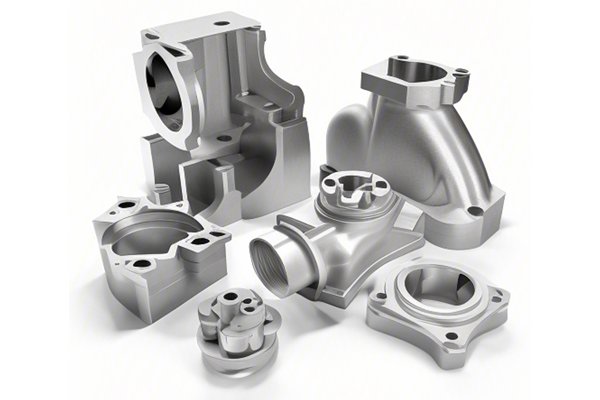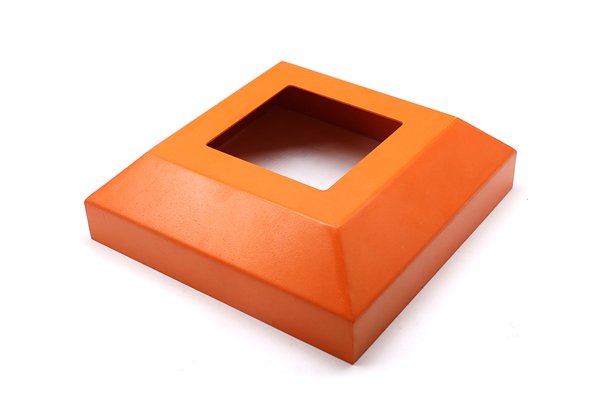In a world where precision engineering governs the efficiency and reliability of industrial production, the importance of traceability in CNC processing cannot be overstated. The very backbone of quality control relies on the ability to track and manage the lifecycle of parts and processes. For companies like YL Machining, enhancing traceability not only ensures compliance with industry standards but also fosters trust with clients, drives continuous improvement, and optimizes overall operational efficiency. In this comprehensive guide, we will delve deep into the strategies, technologies, and practices that can enhance traceability within CNC processing, ultimately leading to better quality control.
—
Understanding Traceability in CNC Processing
Traceability refers to the ability to track and trace the history, application, or location of an item or activity. In the context of CNC processing, it primarily focuses on the capability to monitor and record every step of the manufacturing process—from raw materials to finished products, including machine settings, tool wear, and inspection results. The necessity for diligent traceability arises from increasing regulatory demands, the complexity of supply chains, and the ever-growing customer expectations for quality assurance.
Importance of Traceability for YL Machining
For YL Machining, enhancing traceability leads to:
Strategies to Enhance Traceability in CNC Processing
Implementing an effective traceability system in CNC machining is a multifaceted endeavor that requires clear strategy formulation and precise execution. Below are the steps YL Machining can follow to boost their traceability:
Technological integration is a cornerstone for improving traceability in CNC processing. Various modern technologies can aid in capturing and managing data more effectively.
a. IoT (Internet of Things)
Integrating IoT devices enables real-time monitoring of CNC machines. With sensors installed in crucial areas, managers can gather data on equipment health, machine settings, and environmental conditions. This data can then be centralized in a dashboard for immediate access and review, allowing quick reaction to anomalies.
b. Digital Twins
Creating digital twins of CNC machines and processes allows for a virtual replica to be generated. This offers insights into performance and scenarios to test out various refinements without interrupting actual operations.
A well-structured DMS plays a vital role in organizing, storing, and managing data effectively. Key components of DMS for CNC processing traceability include:
a. Centralized Database
A centralized database consolidates information from multiple sources, providing a single point of truth for all manufacturing activities. This includes data from different machines, operators, and processes.
b. Real-time Data Entry
Automating data entry from CNC machines to the DMS minimizes human error and ensures that information is captured in real time. This might involve capturing the machine settings, operator actions, and inspection results automatically.
Process standardization can greatly enhance consistency across CNC machining operations. Establishing predefined protocols ensures that all operators follow the same procedures, allowing for easier tracking and documentation.
a. Quality Management Systems (QMS)
Incorporating a QMS like ISO 9001 can help standardize operations. This system emphasizes thorough documentation at every stage, from raw material procurement to final inspection and delivery.
b. Standard Operating Procedures (SOPs)
Develop and document SOPs for each machining process. This ensures that every part produced follows the same set of criteria, making it easier to trace back any defect to the originating process.
Utilizing barcoding and RFID (Radio-Frequency Identification) dramatically enhances the traceability of materials and finished components within the manufacturing environment.
a. Barcoding
Assigning unique barcodes to each raw material batch and finished product allows operators to scan items at each stage of processing. This creates an easy-to-follow trail that informs you where each item is in the production cycle.
b. RFID Tags

For more advanced tracking, RFID technology offers the advantage of tracking multiple items simultaneously without needing direct line-of-sight. RFID readers can gather data from tags applied to materials and components, enabling real-time location tracking.
Seamless integration between YL Machining’s traceability system and its supply chain partners can streamline operations while ensuring that every component meets quality standards.
a. Collaborative Platforms
Collaborate with suppliers and customers through online platforms that provide full visibility of the supply chain. This allows all stakeholders to access crucial data, such as material origin, quality checks, and delivery status, enhancing accountability.
b. Traceability Matrix
Develop a traceability matrix that relates each component back to its supplier and documents the processing steps taken. This creates a robust accountability framework throughout the supply chain.
A solid traceability system can only be as good as the team behind it. Investing in regular training ensures that employees understand the systems in place and their role in maintaining traceability.
a. Workshops and Seminars
Conduct workshops focusing on the importance of traceability and how employees can contribute to it. An educated and aware workforce plays a pivotal role in executing quality control strategies effectively.
b. Onboarding Programs
New hires should receive comprehensive training on traceability procedures during onboarding. This ensures that everyone is aligned with YL Machining’s standards and practices from the outset.
A one-time implementation of traceability systems is never enough. Continuous improvement should be part of the corporate culture. Regularly reviewing and updating the traceability processes ensures that they remain effective and in line with the latest technological advancements and regulations.
a. Performance Metrics
Establish clear performance metrics to assess the effectiveness of traceability efforts. This could include the average time to identify defects, documentation accuracy rates, and operational inefficiencies.
b. Feedback Mechanisms
Implement a feedback loop where employees can suggest improvements to the traceability system. Direct insights from workers can unearth challenges faced at ground levels which might go unnoticed by management.
Incorporate analytical tools to glean insights from collected data. This can help in identifying trends, spotting recurring issues, and uncovering opportunities for efficiency gains.
a. Predictive Analytics
Utilize machine learning models to predict equipment failures before they happen. By analyzing historical data, predictive models can assess risks for CNC machines, leading to preventive maintenance—not reactive fixes.
b. KPI Dashboards
Create Key Performance Indicator (KPI) dashboards to visualize performance data relative to traceability efforts. This can help track progress and highlight areas for improvement.
Transparency with customers regarding traceability efforts builds trust and enhances relationships. Keeping customers informed about manufacturing practices, quality controls, and traceability measures demonstrates YL Machining’s commitment to quality.
a. Customer Reporting
Provide regular reports to customers detailing their product’s traceability. Include information like processing history, quality check results, and any applicable certifications.
b. Technical Support
Establish customer support teams that can address traceability queries promptly. Active communication demonstrates a commitment to not only meeting but exceeding customer expectations.
In an era where quality control stands as a prerequisite for competitive advantage, enhancing traceability in CNC processing is not just an option; it’s a necessity. For YL Machining, the journey to improved traceability will not only optimize operational processes but also elevate the quality, reliability, and integrity of manufactured parts. By leveraging advanced technology, standardizing processes, engaging employees, and fostering strong relationships with customers and suppliers, your company can establish a comprehensive traceability system that satisfies both regulatory demands and customer expectations.
—






